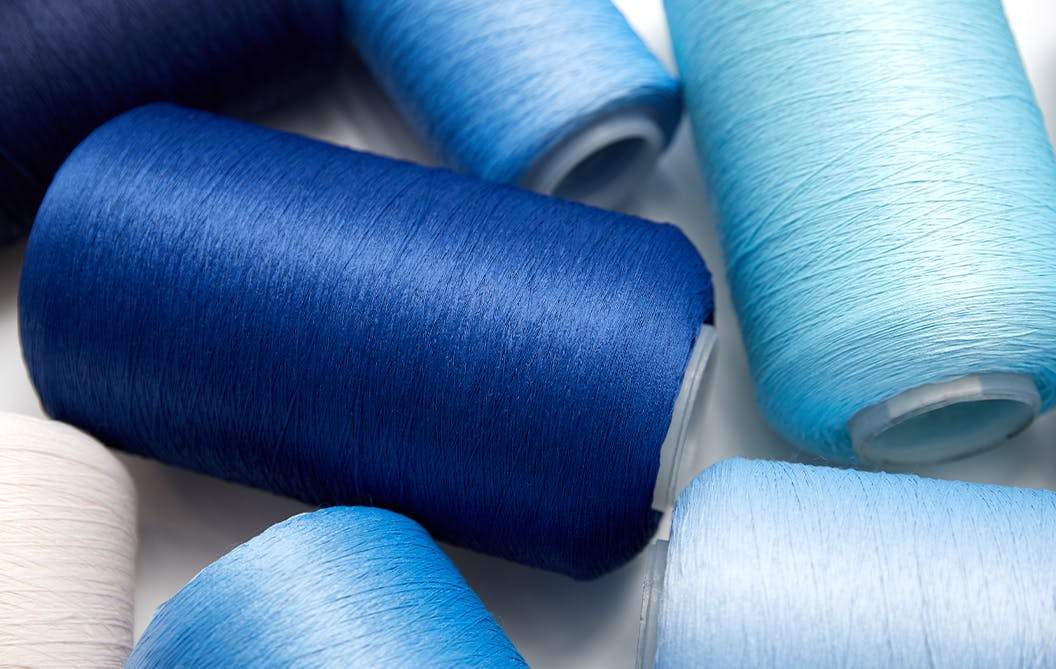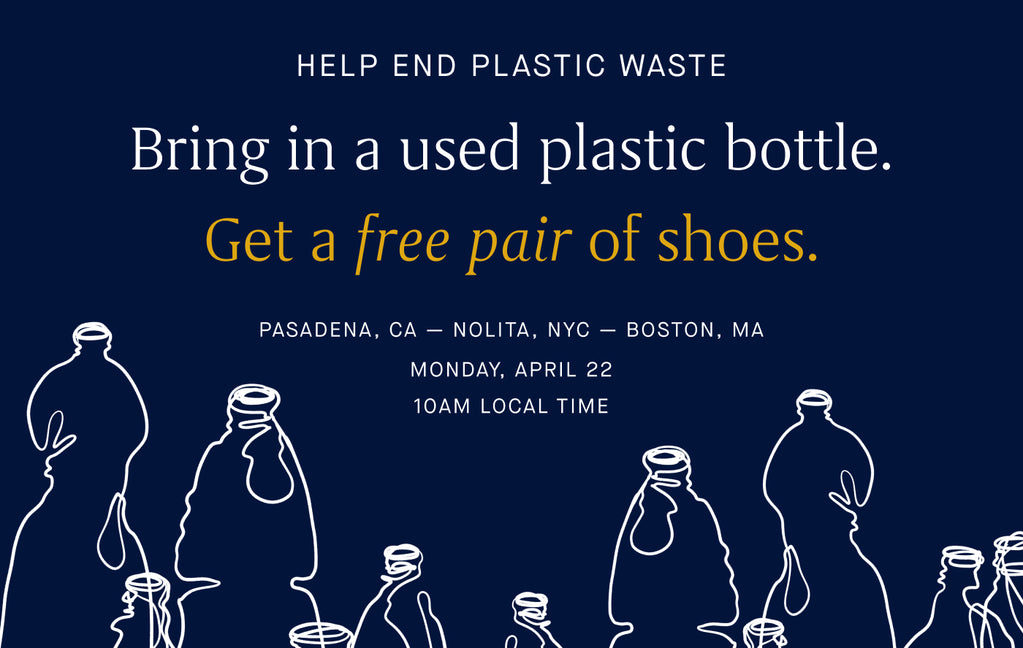Let’s talk about microfibers.

By Saskia van Gendt, Head of Sustainability at Rothy’s.
Material responsibility is core to Rothy’s approach to sustainability—and it has been since day one. We use recycled materials because we believe in the importance of transforming waste, and we design washable products that stay with you for the long haul. While there are major environmental benefits in creating products that last, we know that cleaning apparel in washing machines can release microfibers into our waterways. Here’s what’s up with the issue of microfibers—and what we plan on doing about it.
Microfibers are small, almost invisible particles that come from clothing and other textiles. In the presence of friction (like being sudsed up in the washing machine), these microfibers loosen and eventually separate from fabrics. This can happen in a variety of ways—for example, researchers found concentrated amounts of microfibers at a hiking trail which was caused by athletic apparel rubbing against the trail surfaces. While the release of microfibers can happen in everyday use, the most common source of microfiber pollution is washing machines.
During the wash cycle, clothes (and shoes) all jumble together, causing friction and rubbing, which is great when it comes to cleaning—but it also can release microfibers. In the rinse cycle, these microfibers go down the drain and make their way to wastewater treatment facilities. These facilities process millions of gallons of water a day and remove the (sometimes surprising!) things that go down the drain. At the treatment facilities, multiple screens and a solidifying process pull particles out of suspension so they can be removed before the treated water is returned to waterways. The great news is that through these stages, wastewater treatment facilities remove up to 99% of microfibers.

Given the huge quantities of water passing through these treatment facilities, even with their complex systems in place, millions of microfibers are still entering our rivers, lakes and oceans every day. So what are we doing about it?
At Rothy’s, we’re passionate about making the most well-crafted, beautiful and sustainable styles possible. To that end, we’ve invested in third party tests that measure the fiber release of our products—and learned that our focus on quality has simultaneously reduced the potential for microfiber release. Due to the tight weave of our knit fabric, our bags and shoes shed fiber fragments at a significantly lower rate than other everyday items like t-shirts and yoga pants. In addition, when Rothy’s shoes are washed in our wash bags, microfiber release can be reduced by an additional 65%.
The results are encouraging, but we’re constantly looking at how we can do better. As an industry leader in responsible manufacturing, Rothy's will continue to innovate, test and learn about microfibers. It's important that our products live up to our company values of doing better for the planet and the people who live on it.
In the meantime, we can all take small steps to help the release of microfibers—starting with our laundry. Developed by several governmental and research organizations, the Handbook for Zero Microplastics from Textiles and Laundry suggests that we can start by:
- Opting for front loading machines, rather than top loading washers (did you know that front loading machines use less water?)
- Using lower spin speeds, if possible.
- Washing in cold water—which should always be the case for all Rothy’s.
- Using a wash bag, which can remove up to 65% of microfibers. (Looking for one? We have our very own).

Sources
























